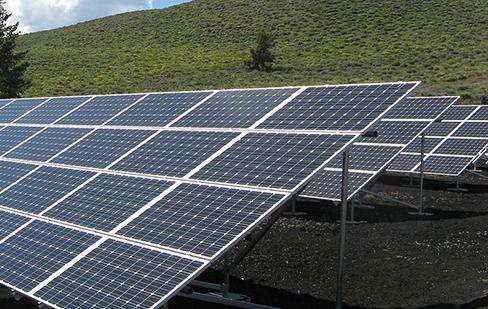A plant that converts various primary energy sources into electrical energy is called a power plant, also known as a power plant.
The main function of a power plant is to convert various primary energy sources in nature into electrical energy (secondary energy). These primary energy sources can be fossil fuels (such as coal, oil, and natural gas) or renewable energy sources (such as hydro, wind, and solar energy).
Power plants convert primary energy into electrical energy by using appropriate equipment and technology, and then transmit the electrical energy to users through transmission lines to meet people's production and life needs.
The working principle of power plants is mainly based on the principle of electromagnetic induction. When primary energy (such as coal, oil, etc.) is burned or water impacts the impeller, high-temperature and high-pressure steam or gas will be generated. These steam or gases drive the turbine to rotate, which in turn drives the generator rotor to rotate.
The coil on the generator stator is connected to the external circuit. As the rotor rotates, an induced current, that is, electrical energy, is generated in the coil. This electric energy is boosted by the transformer and then transmitted to the user through the transmission line.
The construction of power plants needs to consider factors such as geographical location, energy supply, and environmental impact. Different power plants have different factors to consider when constructing them.
Types of power plants:
1. Thermal power plants use the heat energy generated by the combustion of fossil fuels such as coal, oil, etc., to generate high temperature and high pressure The steam spins a turbine, which in turn drives a generator to produce electricity. This type of power plant dominates the world. Its advantages are mature technology and high efficiency, but it also has problems such as environmental pollution and resource consumption.
2. Hydroelectric power plants use the potential energy of water to generate electricity. When water flows through structures such as dams and reservoirs, it accumulates a large amount of potential energy, which is converted into mechanical energy through turbines and then into electrical energy. Hydropower has the advantages of being renewable and pollution-free, but it also has problems such as high construction costs and impact on the ecological environment.
3. Wind energy power plants use wind energy to generate electricity. Wind turbines include wind turbines, generators, towers and other parts. When wind blows through the wind turbine, the wind turbine converts wind energy into mechanical energy, which then drives the generator to generate electrical energy. Wind power generation has the advantages of being renewable and pollution-free, but it also has problems such as poor stability and high construction costs.
4. Solar power plants use solar energy to generate electricity. Solar panels convert sunlight into electricity. Solar power generation has the advantages of being renewable and pollution-free, but it also has problems such as high construction costs and strong dependence on weather.














